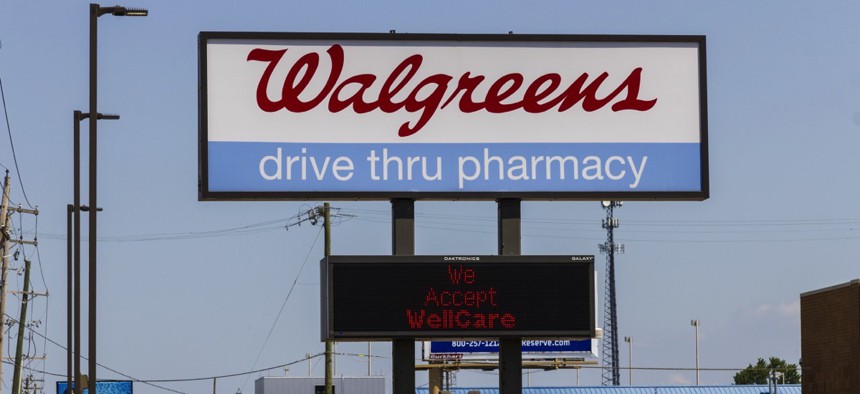Amid U.S. Opioid Epidemic, E-Prescriptions Catching on Among States


Connecting state and local government leaders
New York mandated electronic prescriptions of controlled substances, followed by Maine and possibly Massachusetts next.
Electronic prescriptions, which could help combat the illegal diversion of opioid drugs, are on the rise, especially in New York state.
More prescriptions, even electronic ones, might seem like more problems. But in 2010 the Drug Enforcement Administration issued a rule green-lighting electronic prescribing of controlled substances (EPCS) in all 50 states because the process is more secure than pen and paper prescribing. Between 3 and 9 percent of all drug diversion occurs because patients steal pads and forge a doctors’ signatures on paper prescriptions.
New York became the first state to require EPCS on March 27, a response to the national opioid epidemic. So it’s no surprise they rank first in the number of pharmacies and prescribers that are EPCS enabled, as well as e-prescription percentage, according to a recent Surescripts report.
In the Empire State, 91.1 percent of pharmacies and 26.6 percent of prescribers are EPCS enabled, per Surescripts' 2015 National Progress Report. That's compared to the U.S. rates of 80.6 percent and 5.7 percent respectively. New York accounts for 37.7 percent of all EPCS transactions, while most states make up only 6.1 percent.
Minnesota, which requires e-prescriptions but doesn’t penalize doctors for print prescribing, ranks 24th among all states and sees 4.9 percent of all EPCS transactions.
“New York has accounted for the dramatic increase in prescriptions for controlled substances,” said Paul Uhrig, Surescripts executive vice president and chief administrative, legal and privacy officer, in an interview. “We think many states were looking to the New York experience before doing anything but, because of the opioid problems we have in the U.S., you see a lot of states take action.”
Nationally EPCS increased 600 percent in 2015 with Maine, No. 20, following New York’s lead with a blanket e-prescription requirement and Massachusetts, No. 9, said to be considering one after launching a revamped prescription drug monitoring program earlier this week.
EPCS is one tool in states’ arsenal fighting the opioid crisis, prescription pain relievers and heroin being responsible for 28,647 deaths in 2014 alone and the majority of overdoses since 2000, according to the Centers for Disease Control and Prevention.
The large discrepancy between pharmacy and prescriber EPCS enablement in all states stems from pharmacies leading the way on the issue. There also remains a surprising lack of knowledge about EPCS throughout the health industry, Uhrig said, and resistance to change of clinician workflows with additional security measures like identity-proofing.
“It always takes time for people to take those steps,” he said.
Arlington, Virginia-based IT company Surescripts supports technology electronically transmitting prescriptions from health care providers to pharmacies and also medical records.
Access to secure medication history data, in real time, at the point of care saved hospitals more than $400 million, prevented more than 25,000 patient readmissions and averted more than 15,000 adverse drug events during treatment, according to the report.
Last year also saw a record 9.7 billion health data transactions, per the report.
“Interoperability, when it comes to medical prescriptions, is happening and continues to grow,” Uhrig said. “E-prescribing is legal in all 50 states, and you do see adoption increasing based on the number of transactions.”
Dave Nyczepir is a News Editor at Government Executive’s Route Fifty and based in Washington D.C.

NEXT STORY: California Bill to Repeal ‘Tampon Tax’ on Its Way to the Governor





